July 5, 2010 – 1:00 pm
I have spent some time over the last few weeks measuring total free amino acids in soil solution collected with microlysimeters. I’m posting some tips here in case it helps anyone else who might be doing this. The abstract of the primary reference paper on this method explains why it is used:
The spectrofluorometric procedure relies on the reaction of free amino acids with o-phthaldialdehyde and  -mercaptoethanol [OPAME]. The fluorometric method is much more sensitive (working range 0.1-50
-mercaptoethanol [OPAME]. The fluorometric method is much more sensitive (working range 0.1-50 M) than typical spectrophotometric analysis procedures for free amino acids which employs the ninhydrin reagent (working range 10-500
M) than typical spectrophotometric analysis procedures for free amino acids which employs the ninhydrin reagent (working range 10-500 M). In addition, the method only requires small sample volumes (1-50
M). In addition, the method only requires small sample volumes (1-50 l), is rapid (1min sample-1), simple to perform, and linear over a concentration range of three orders of magnitude (0.1-100
l), is rapid (1min sample-1), simple to perform, and linear over a concentration range of three orders of magnitude (0.1-100 M).
M).
We have been using this procedure on 96-well microplates and when it works well, it is fantastic because there is only one reagent to add to the samples (OPAME working reagent) and the plates can be read immediately. The reagent is also sensitive to NH4+, but it is much more sensitive to amino acids (e.g., for our Leucine standard, it is ~40x more sensitive to Leucine on a molar basis) so it is easy to subtract out the small contribution of NH4+ to fluorescence.
In the arctic tussock tundra soils I’m working with, we have to run an additional plate with no OPAME reagent (buffer and sample only) in order to subtract out the autofluorescence of the brownish soil water samples that we are collecting from the microlysimeters, but that is fairly easy to do.
The tricky part of this procedure is working with the OPAME reagent because it is a bit fussy. It has a high background fluorescence that changes over time once the mercaptoethanol is added to the OPA. To measure the low concentrations of amino acids in soil solutions, you want to hit the sweet spot where background fluorescence is minimal but reactivity is still high.
My best and admittedly pretty rough guess at this time is that 30-50 hours after adding mercaptoethanol to the working reagent is the best time to use it. This can require some advance planning and we have begun keeping two batches of the stuff so we can have some ready on any given day. (You can regenerate the working reagent by periodically adding more mercaptoethanol).
The other challenge in using OPAME with microplates is that the fluorescence of the samples will decay rapidly (on the scale of minutes) after you add the reagent to them. This means that you have to add the OPAME as simultaneously as possible to all wells of the plates that are being used. Slow pipetting will cause wells on the last-done part of your plate to have inflated values.
Also, it’s very important to draw all OPAME reagent from the same source over the course of pipetting, so don’t refill your pipetting reservoir mid-plate. When using a multi-pipette, it is good to pre-wet the tips by pipetting OPAME reagent in and out a few times before adding the reagent to the plates to make sure volumes are consistent among wells.
The background fluorescence can be minimized by using a low OPAME reagent:sample ratio. We have been using 50 ul of sample and 100 ul OPAME. Even less OPAME could probably be used as I don’t think it’s anywhere close to saturating at these levels. This dramatically improved our results over when we were originally using 20:200.
Hope this helps!
2 Comments »


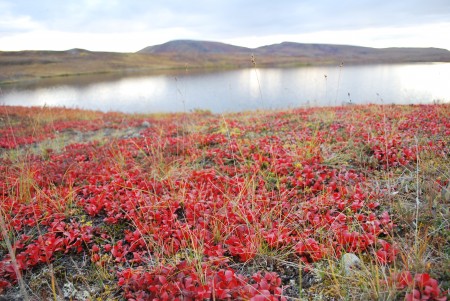

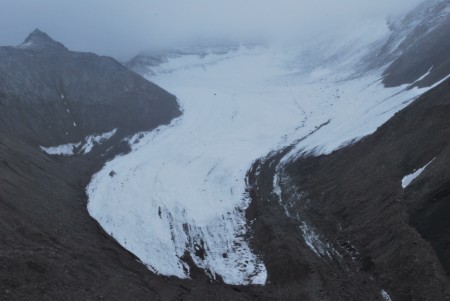
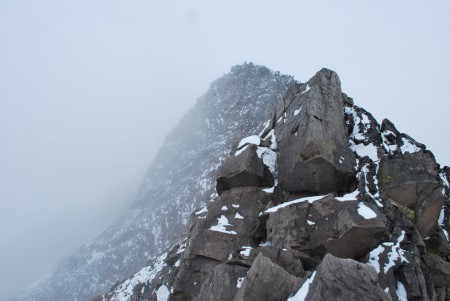

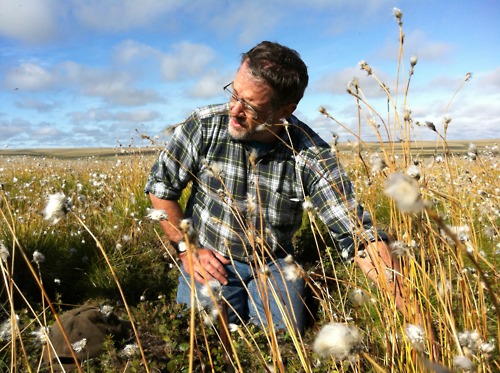
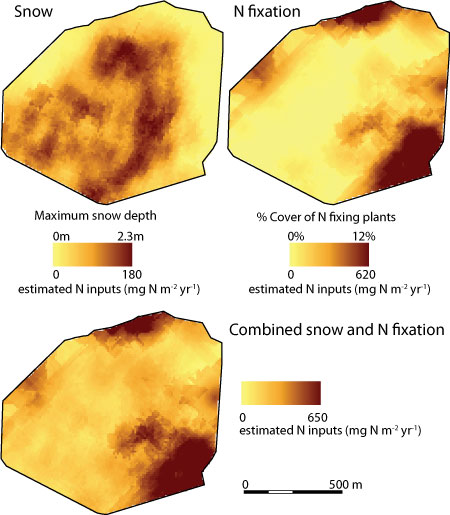


 -mercaptoethanol [OPAME]. The fluorometric method is much more sensitive (working range 0.1-50
-mercaptoethanol [OPAME]. The fluorometric method is much more sensitive (working range 0.1-50 M) than typical spectrophotometric analysis procedures for free amino acids which employs the ninhydrin reagent (working range 10-500
M) than typical spectrophotometric analysis procedures for free amino acids which employs the ninhydrin reagent (working range 10-500